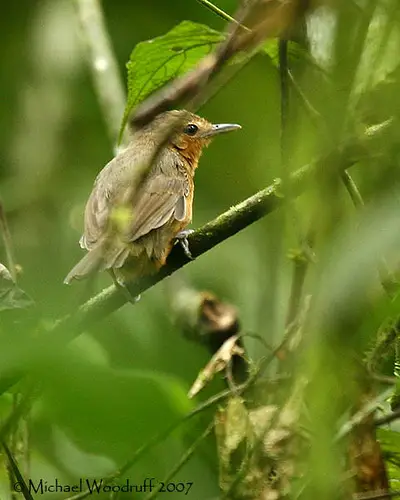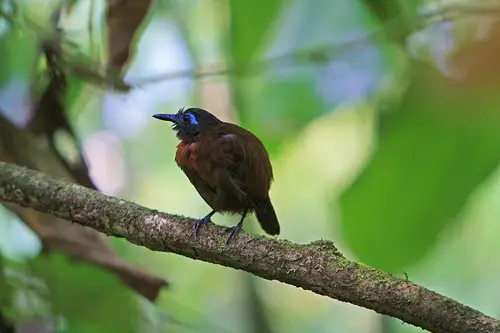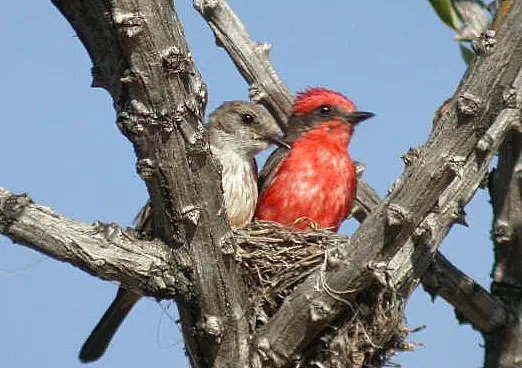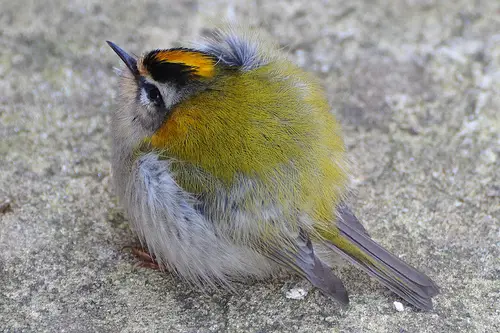Antbird
Belonging to the large bird family, Thamnophilidae, antbirds are found across tropical and subtropical Central and South America. They are many different types of antbirds, such as Pectoral Antwren, Variable Antshrike, and Ocellated Antbird.
Antbirds are normally found in humid lowland forests. Less than 10% of the Antbird species are found at elevations above 6,500 ft. There are almost no Antbirds in ranges above 10,000 ft. The area that has the highest species of diversity is the Amazon Basin. It is thought that there are up to 45 species found in sits across Peru, Bolivia, Colombia, and Brazil. In the northern part of its range, the number of species found decreases. There are only 7 Antbird species found in Mexico.
The main part of the Antbird’s diet are anthropods. These include insects such as larvae of butterflies and moths, stick insects, praying mantises, cockroaches, and crickets. They will also eat centipedes, scorpions, and spiders. Antbirds will eat smaller prey items quickly, but they will beat larger items against branches in order to remove its preys wings and spines. In fact, larger Antbird species can kill and eat lizards and frogs, but they are not an important part of its diet. Other foods eaten include slugs, eggs, and fruit.
There are a number of ways that this bird obtains its prey. They can feed in leaf litter to try and find food to eat. Some will ‘perch-glean’, which means that they will perch on top of a branch and watch for its prey. It will then snatch its prey by reaching forwards. Another technique is ‘sally’, where it perch on a branch and then snatch its prey by its wing.
Unfortunately, 38 species of this intriguing bird is categorised by the IUCN as being near threatened or worse to the risk of extinction. There are numerous reasons why it has been labelled this. The main reason for its population decline is the loss of its habitat due to either modification or destruction. As forests become fragmented into smaller and smaller forest areas, Antbirds are reluctant to cross unforested barriers which therefore makes re-establishment unlikely. There are smaller forest fragments that are unsustainable due to nest predation. As the habitat and the Antbirds requirements are ‘fragile’, 72 individuals were captured and trasferred to another location. Howevre, more does need to be done as some new Antbirds have been discovered but are not yet described scientifically.




